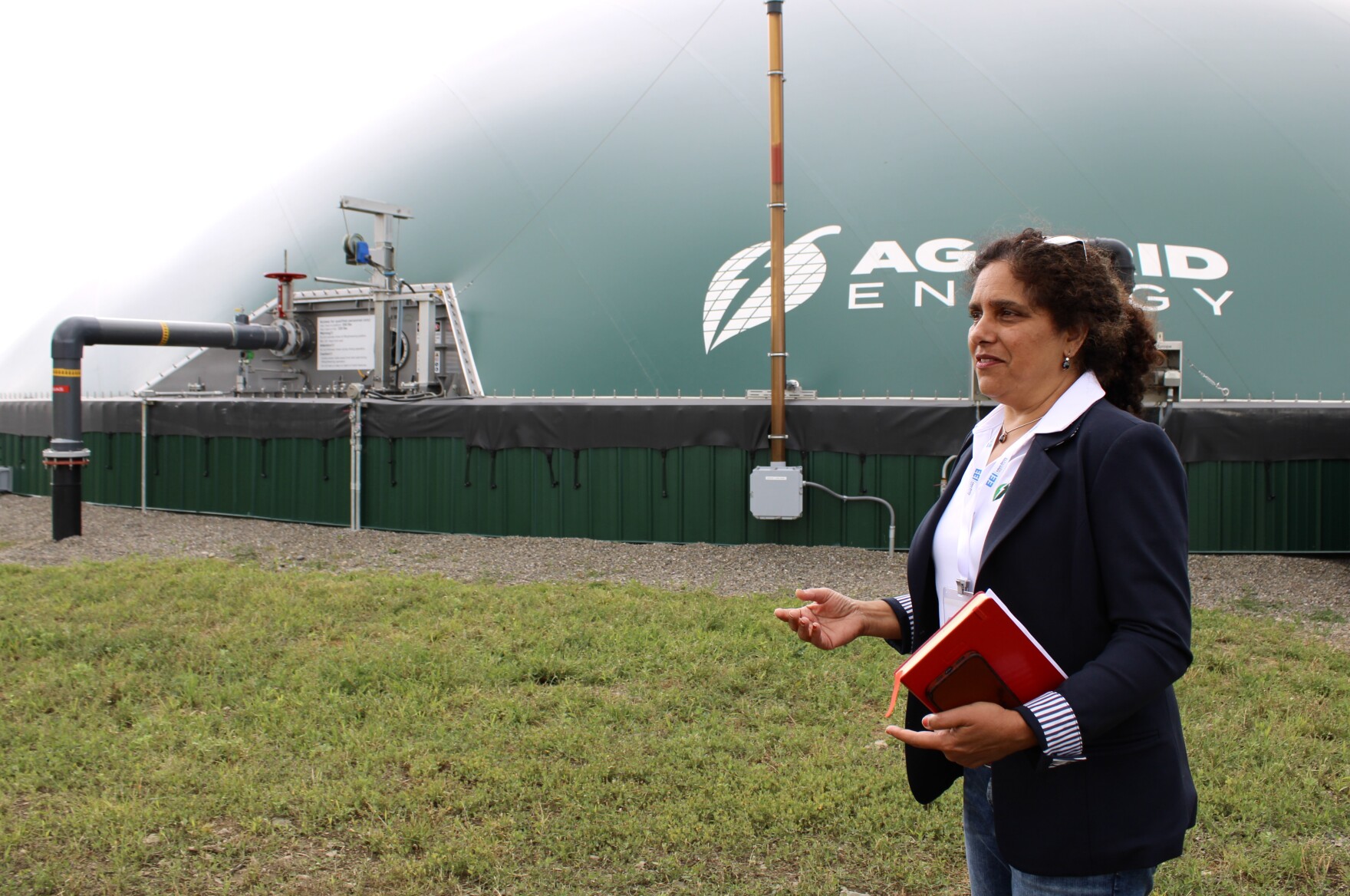Distinguished Professor of Materials Science & Engineering Harold Brody was recently honored by TMS, the Minerals, Metals & Materials Society, which presented him the 2009 Bruce Chalmers Award for outstanding contributions in the field of solidification science. Dr. Brody received the award in recognition for his “seminal contributions to microsegregation and back diffusion during dendritic solidification, in situ composites and peritectic solidification, and computer modeling of solidification processing.” Dr. Chalmers (1907-1990), regarded as the father of solidification science, was a famed applied physics professor at Harvard University, whose research was instrumental in advancing the electronics and microelectronics industries.
 For Dr. Brody, the Chalmers Award is a very personal honor. “Bruce Chalmers was a pioneer in solidification research. He was renowned for his ability to look at a complex process, recognize the most important elements, and explain their interaction in a simple manner. As a graduate student at MIT, I was fortunate to belong to a research group overseen by Professor Merton Flemings, who collaborated with Dr. Chalmers. They regularly brought their research groups together for seminars, including some presented by Dr. Chalmers. Listening to him speak and discuss his research, I was impressed by his skill in translating the difficult into simple terms. He was a model for what a great professor should be. I’m probably one of the last people to receive the award who was influenced directly by Dr. Chalmers.”
For Dr. Brody, the Chalmers Award is a very personal honor. “Bruce Chalmers was a pioneer in solidification research. He was renowned for his ability to look at a complex process, recognize the most important elements, and explain their interaction in a simple manner. As a graduate student at MIT, I was fortunate to belong to a research group overseen by Professor Merton Flemings, who collaborated with Dr. Chalmers. They regularly brought their research groups together for seminars, including some presented by Dr. Chalmers. Listening to him speak and discuss his research, I was impressed by his skill in translating the difficult into simple terms. He was a model for what a great professor should be. I’m probably one of the last people to receive the award who was influenced directly by Dr. Chalmers.”
“As I built my own academic career,” he remarked, “I always tried to emulate the way he taught and thought. So it was especially poignant for me to be nominated by my former graduate students and to be selected by a panel of prior Chalmers Award recipients.”
Solidification science is the study of the processes by which materials change from a liquid to a solid state. Dr. Brody explained that countless everyday objects, from high-end cookware, sculpture, turbine blades, and automotive components to bicycle frames, are produced using a solidification process in the manufacturing sequence. Dr. Brody’s research has focused on the solidification of alloys. To make an alloy, metallurgists may heat two or more elements to a liquid phase, mix them together at a proportion that provides a uniform solution, and transfer the molten alloy to a mold where it solidifies in a manner that produces desired properties in the cast product.
Dr. Brody said, “Think of tea. Hot tea accepts more sugar than iced tea, with the sugar remaining bound in solution, to a critical tipping point: the solubility limit. When sweetened hot tea is cooled, sugar crystals can begin to form as precipitates. The solid crystals are richer in sugar than the sweetened liquid tea. When we blend metals in an alloy, the alloying elements, in general, are more soluble in the liquid than the solid phase.” He continued, “Solidification takes place over a range of temperatures, and the composition of the solid differs from the composition of the liquid from which it forms. Typically, to efficiently redistribute alloying elements between the liquid and solid phases, the solidifying crystalline solid develops tree-like, highly branched structures called dendrites.” The distinctive “jack frost” that forms on windows in winter is a familiar example of dendritic crystal formation.
According to Dr. Brody, one of Dr. Chalmers’ principal contributions was in understanding how to solidify alloys to achieve a smooth, unbranched interface between the solid and the liquid that yields a nearly defect-free structure, providing superior properties in semiconducting and magnetic materials. In contrast, much of Dr. Brody’s work has focused on fostering and manipulating dendritic solidification to attain premium properties in structural materials.
Recent work relates to the casting and thermal treatment of engine blocks for the automotive industry. With support from an automotive consortium led by General Motors and the Department of Energy, Dr. Brody and colleagues are developing computer aided routines that simulate the evolution of dendritic structures. The results will be applied in the design and manufacture of high-quality components. To achieve this goal, he said, he and his team must discover and understand the behavior of complex commercial alloys and develop a practical database of the thermodynamic and kinetic properties of different materials.
“We can manipulate the process by altering temperature and time, using different compositions, applying electromagnetic fields, etc. We try to understand exactly how the dendritic patterns form so we can control the microstructure. If we look at an alloy with the naked eye, it may look perfectly smooth and uniform. Using optical and electron microscopes, and X-rays, we uncover the microstructure. We see the patterns of the dendrites and the particles that precipitate from the melt and the much finer particles that precipitate from solid solution. This is where the chemical, mechanical and electrical properties are manifested.”
“We take advantage of what we know about how alloys ‘freeze’ in order to get the best dendritic pattern, and the best distribution and morphology (shape) of the precipitate particles” he explained. “After casting the alloy, we heat it to a high temperature below the melting range to dissolve the coarser particles, then ‘quench’ or rapidly cool the alloy to trap the alloying elements in solution, and then heat the alloy to a moderate temperature to form a host of very fine precipitates. In controlling the microstructure, we obtain required properties, such as high strength, toughness or ductility, and fatigue resistance. This is the challenge, since most things we do to increase strength result in a reduction in ductility. Controlling the dendrite structure and heat treatment is one of a few things we can do to simultaneously increase strength and ductility. We try to achieve a balance and also to consider cost.”
Dr. Brody and his collaborators have also applied Professor Chalmers’ principles to suppressing dendrite formation during the directional solidification of complex alloys and ceramics, including peritectic phases. “The high temperature superconducting compounds are peritectic systems; that is, during solidification some of the liquid phase and some of the formed solid react to form the superconducting phase. Based on our research on the directional solidification of peritectic alloys, we hypothesized we could grow large, nearly defect-free crystals of the superconducting, peritectic phase directly from the liquid, but we never quite succeeded in getting the desired single phase microstructure.” Despite this perceived failure, the team’s measurements of the superconducting and magnetic properties of the crystals grown, reported in the scientific literature, were the best results at that time. Dr. Brody commented, “This reaffirmed an often repeated lesson: the experiment that does not work as expected often reveals the most promising opportunity.”
Dr. Brody joined UConn in 1991, when he was recruited as Dean of Engineering from the University of Pittsburgh. He remained Dean until 1997. He was a faculty member and administrator at the University of Pittsburgh for 25 years prior to joining UConn, holding positions as Chairman of the Department of Metallurgy & Materials Engineering and director of the Casting Industries Science & Engineering Institute.


